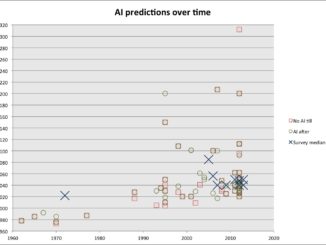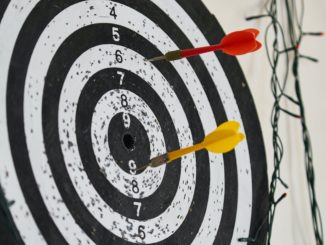
Predictions of Human-Level AI Timelines

AI Timelines

AI Timeline Surveys

AI Timeline Surveys

AI Timelines

Accuracy of AI Predictions

Accuracy of AI Predictions

Accuracy of AI Predictions

AI Timelines

Accuracy of AI Predictions

Accuracy of AI Predictions